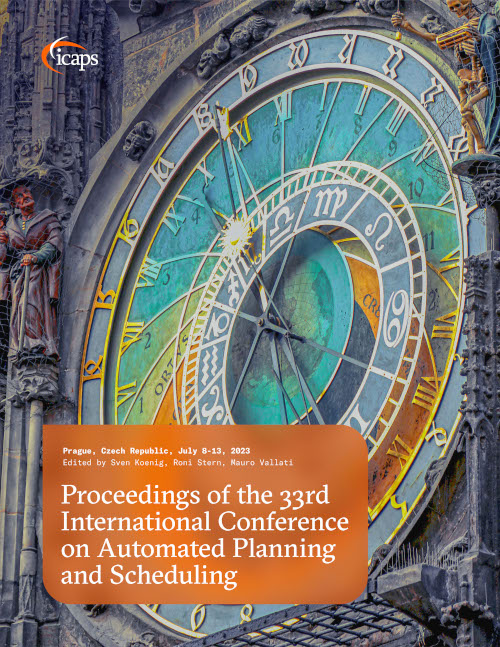Safe MDP Planning by Learning Temporal Patterns of Undesirable Trajectories and Averting Negative Side Effects
DOI:
https://doi.org/10.1609/icaps.v33i1.27241Keywords:
Reinforcement Learning, Deep LearningAbstract
In safe MDP planning, a cost function based on the current state and action is often used to specify safety aspects. In real world, often the state representation used may lack sufficient fidelity to specify such safety constraints. Operating based on an incomplete model can often produce unintended negative side effects (NSEs). To address these challenges, first, we associate safety signals with state-action trajectories (rather than just immediate state-action). This makes our safety model highly general. We also assume categorical safety labels are given for different trajectories, rather than a numerical cost function, which is harder to specify by the problem designer. We then employ a supervised learning model to learn such non-Markovian safety patterns. Second, we develop a Lagrange multiplier method, which incorporates the safety model and the underlying MDP model in a single computation graph to facilitate agent learning of safe behaviors. Finally, our empirical results on a variety of discrete and continuous domains show that this approach can satisfy complex non-Markovian safety constraints while optimizing agent's total returns, is highly scalable, and is also better than previous best approach for Markovian NSEs.Downloads
Published
2023-07-01
How to Cite
Low, S. M., Kumar, A., & Sanner, S. (2023). Safe MDP Planning by Learning Temporal Patterns of Undesirable Trajectories and Averting Negative Side Effects. Proceedings of the International Conference on Automated Planning and Scheduling, 33(1), 596-604. https://doi.org/10.1609/icaps.v33i1.27241
Issue
Section
Planning and Learning Track

